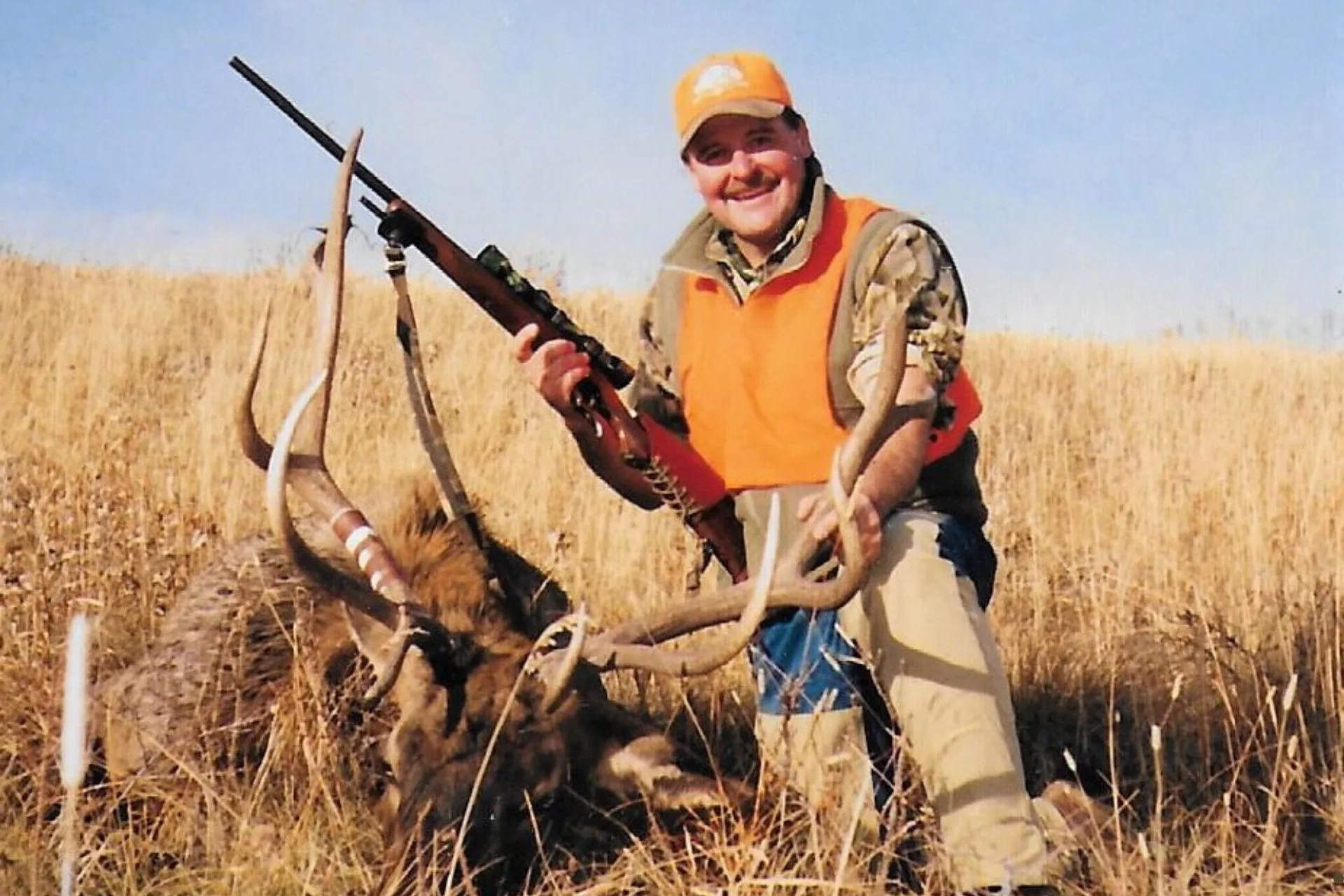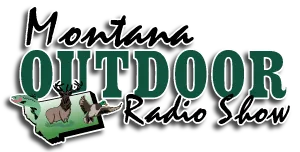Is the result of hundreds of practice shots. Whether with a bow and arrow, or a rifle/shotgun, the more you pull the trigger, the better shot you will become.
Trigger pulls must be purposeful, not just random shooting. The most important shots are the ones that you miss. It is now when you can/should adjust and figure out why you missed.
Archery hunters should be in full practice mode NOW! In Montana, your best chance to tag a decent bull is early, during the rut. Bow season begins in September. That means that your shooting skills and physical shape need to be at their peak.
Public land is harder and more competitive hunting. Private hunting is more like Game Farm hunting. When you get an opportunity, take the shot that you are comfortable with.
Years ago, I was lucky enough to hunt property that I could walk to from my home. When I got home from school, I went into my RV and geared up. My tree stands were preset. I then walked down to my backyard range and shot 6 practice shots. Each shot was 10 yards further than the one prior.
Now that the misses and poor shooting was gone, my next One Best Shot was primed for the hunt. You only get one chance with a bow, so you need to make it count. This strategy paid off big time. I never wounded, or lost a deer, after going through this ritual.
My backyard range also had tree stands and was ranged out to 60 yards. I had an arrow holder every 10 yards. Each evening of archery practice meant walking a shot out to 60 yards and back to 10 yards.
I am capable of shooting arrows accurately out to 100 yards but have never tagged a critter further that 18 yards. In thick forests, you rarely get longer shots. Close range is what is most important for a real hunter. Too many critters are wounded and missed at longer ranges. No one wants to tag another hunter’s wounded animal.
As a hunting guide, I made clients prove their archery skills and gun skills before trekking out. There was no way that I wanted to set up a client for failure if I could tune their shooting skills. I found that most clients had egos. They did not want to show skills that they did or did not have.
My bow target and request were set at 20 yards, Put 3 arrows in the kill zone. The quiet guy’s bulls eyed it. The braggarts missed the entire target. The good news was that with some mentoring and instruction, the groups centered, and the hunters gained more confidence, out to 20 yards.
I guided one hunter on a particularly amazing day; I called in 5 shooter bulls on the same morning. All were within 20 yards, and he missed all 5 despite being a master shot at the target range. Excitement changes how well you can shoot. Learning to control your excitement is another skill great hunters must learn.

20 yards and closer is MAGIC, when using a bow! This is a more respectful and ethical shot than lobbing arrows from longer ranges. Great hunters learn skills to get closer to increase their odds of hitting the target.
Many younger and newer gun/rifle advocates want t o shoot at longer “sniper” ranges. We are not at war with wildlife. These long-distance shooters are missing out on the best part of the hunt. Getting closer requires more skills and is more exciting than just pulling a trigger.
When I rifle hunt, I prefer a single shot 30-06 Ruger #1. This rifle that my wife bought me has served me well. I am confident out to 450 yards. My first bull elk was at this range. Virtually all other critter shots were under 200 yards. You also shoot better when you shoot a single shot.
Challenge yourself to be the best hunter that you can be. Shooting accurately is just one important part of your hunting skillset. Always stay a student of your sport so you can master your craft.
As we age, our eyesight can decline. Get the proper optics to fine tune your vision. If you can’t see the target, you can’t hit it.
Tagging a critter with just one, well placed, ethical shot is satisfying. The animal doesn’t suffer, the meat isn’t ruined, and you have made your one best shot count.
Montana Grant



